Konrad, Frank
Killed in Flying Accident 1956-12-10
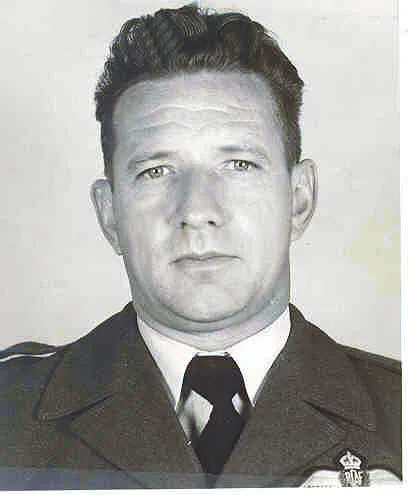

Birth Date: 1921-December-08
Born: Nemet-Ker, Hungary
Son of Frank and Rose (nee Szeidenstricker) Konrad of Tecumseh, Ontario.
Home: Nemet-Ker, Hungary
Enlistment: Windsor, Ontario
Enlistment Date: 1942-09-22
Service
RCAF
Unit
422 Sqn- Squadron
This Arm Shall Do It
Base
Rank
Flight Lieutenant
Position
Flight Lieutenant
Service Numbers
32653
Home
 Nemet-Ker, Hungary
Nemet-Ker, Hungary
North American Sabre F-86 CAC FJ-2 FJ-3 CA-27 CL-13
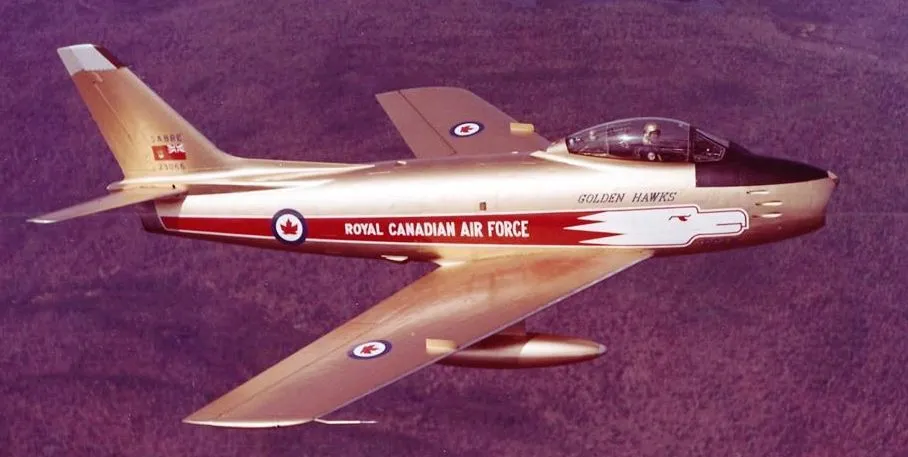
Canadair CL-13 Sabre Mk. 5 (Serial No. 23066), Golden Hawks
The North American F-86 Sabre, sometimes called the Sabrejet, is a transonic jet fighter aircraft. Produced by North American Aviation, the Sabre is best known as the United States' first swept-wing fighter that could counter the swept-wing Soviet MiG-15 in high-speed dogfights in the skies of the Korean War (1950"“1953), fighting some of the earliest jet-to-jet battles in history. Considered one of the best and most important fighter aircraft in that war, the F-86 is also rated highly in comparison with fighters of other eras. Although it was developed in the late 1940s and was outdated by the end of the 1950s, the Sabre proved versatile and adaptable and continued as a front-line fighter in numerous air forces.
Its success led to an extended production run of more than 7,800 aircraft between 1949 and 1956, in the United States, Japan, and Italy. In addition, 738 carrier-modified versions were purchased by the US Navy as FJ-2s and -3s. Variants were built in Canada and Australia. The Canadair Sabre added another 1,815 aircraft and the significantly redesigned CAC Sabre (sometimes known as the Avon Sabre or CAC CA-27), had a production run of 112. The Sabre is by far the most-produced Western jet fighter, with a total production of all variants at 9,860 units.
The fighter-bomber version (F-86H) could carry up to 2,000 lb (907 kg) of bombs, including an external fuel-type tank that could carry napalm. Unguided 2.75-inch (70-millimeter) rockets were used on some fighters on training missions, but 5-inch (127 mm) rockets were later carried on combat operations. The F-86 could also be fitted with a pair of external jettisonable jet fuel tanks (four on the F-86F beginning in 1953) that extended the range of the aircraft. Both the interceptor and fighter-bomber versions carried six 0.50 in (12.7 mm) M3 Browning machine guns with electrically-boosted feed in the nose (later versions of the F-86H carried four 20 mm (0.79 in) cannon instead of machine guns). Firing at a rate of 1,200 rounds per minute, the 0.50-inch guns were harmonized to converge at 1,000 ft (300 m) in front of the aircraft, using armor-piercing (AP) and armor-piercing incendiary (API) rounds, with one armor-piercing incendiary tracer (APIT) for every five AP or API rounds. The API rounds used during the Korean War contained magnesium, which were designed to ignite upon impact, but burned poorly above 35,000 ft (11,000 m) as oxygen levels were insufficient to sustain combustion at that height. Initial planes were fitted with the Mark 18 manual-ranging computing gun sight. The last 24 F-86A-5-Nas and F-86Es were equipped with the A-1CM gunsight-AN/APG-30 radar, which used radar to automatically compute a target's range, which later proved to be advantageous against MiG opponents over Korea.Wikipedia
 Wikipedia North American F-86 Sabre
Wikipedia North American F-86 Sabre
 YouTube F-86 Sabre Aerobatics - No Music! - Airshow London 2018
YouTube F-86 Sabre Aerobatics - No Music! - Airshow London 2018



422 Sqn This Arm Shall Do It ("Flying Yachtsmen")
History of the Squadron during World War II (Aircraft: Lerwick I, Catalina IB, III, VB, Sunderland III, Liberator VI, VIII)
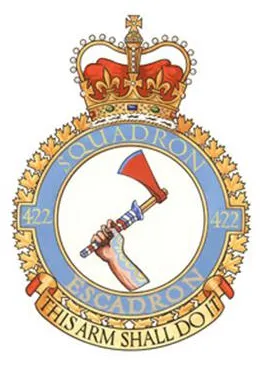
No. 422 (General Reconnaissance) Squadron was the 19th RCAF squadron formed overseas in WWII. It was the 5th Coastal squadron, and was formed at Lough Erne, Fermanagh, Northern Ireland on April 2, 1942. It flew Consolidated Catalina and Short Sunderland flying boats on convoy support and anti-submarine patrols over the North Atlantic shipping routes. When hostilities ended in Europe, the squadron was re-designated a Transport (T) unit and was converting to Consolidated Liberator aircraft when hostilities terminated in the Far East. The squadron was then disbanded at Bassingbourn, Cambridgeshire, England on September 3, 1945.
In the course of its operations, the squadron flew 1116 operational sorties for the loss of 9 aircraft and 70 aircrew, of whom 11 were killed, 31 presumed dead, 6 injured and 22 rescued. The squadron is credited with 1 U-boat (U-625), sunk by the crew of Sunderland EK591 from St. Angelo. Ireland on 10 March 1940. The captain, WO2 W.F. Morton, was on his first operation. Awards to squadron members were 1 OBE, 1 MBE, 6 DFCs,1 BEM, 1 Air Medal (USA) and 22 MiD. Battle Honours were: Atlantic 1942-45, English Channel and North Sea 1944-45, Normandy 1944, Biscay 1944-45, Arctic 1942.
Maps for Movements of 422 Squadron 1942-45
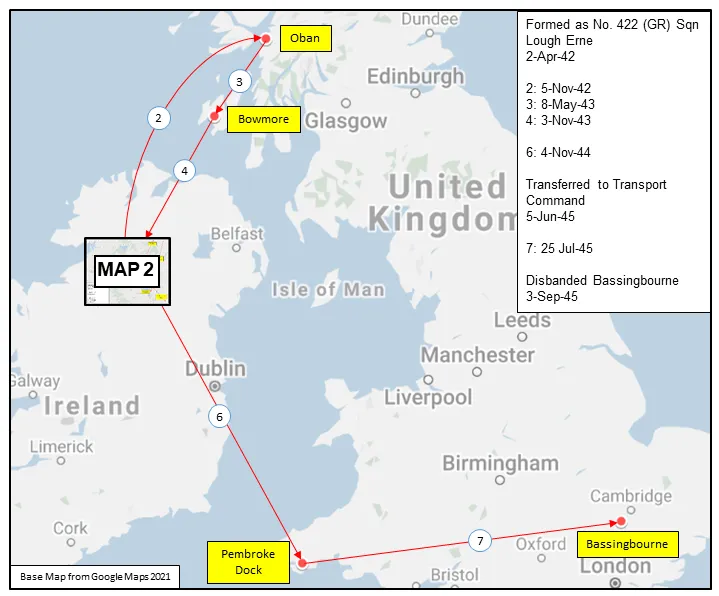 MAP 1: 422 Squadron Movements 1942-45 (right-click on image to display enlarged in new tab) | 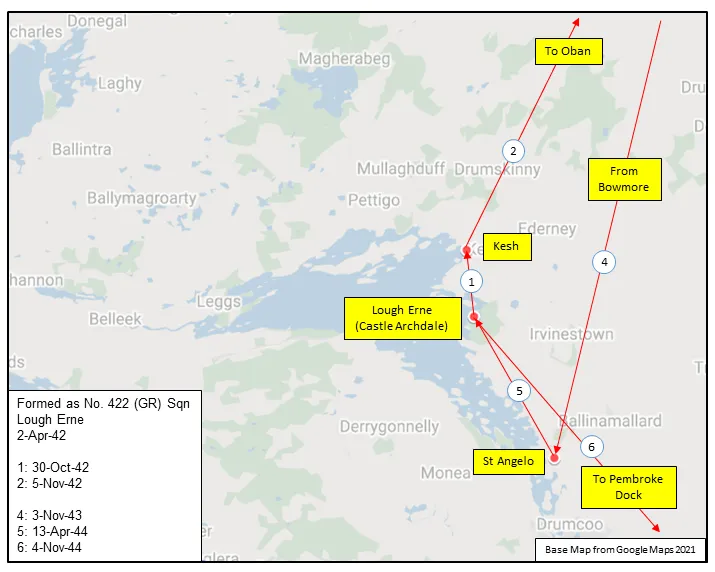 MAP 2: 422 Squadron Movements 1942-45 (detail of Map 1) |
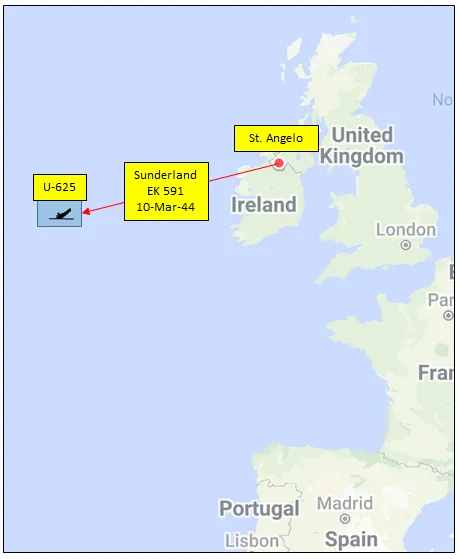
 422 Squadron in the Battle of the Atlantic (RCAF Museum)
422 Squadron in the Battle of the Atlantic (RCAF Museum)
422 Squadron History Summary 1942-45
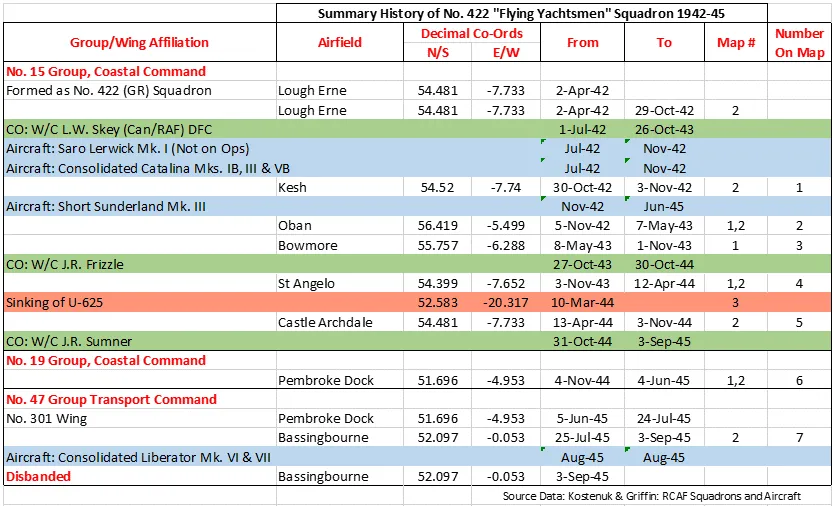
History of the Squadron Post-WWII (Aircraft: Sabre Mk. 2, 4, 5, 6, Starfighter, Huey, Kiowa)
The squadron was re-formed as a Fighter unit at Uplands (Ottawa), Ontario on 1 January 1953 with Canadair Sabre aircraft, and joined No. 4 (Fighter) Wing at Baden-Soellingen, Germany in August. Its nickname was changed to "Tomahawk". Selected as one of eight Sabre units in No. 1 Air Division Europe to be re-equipped with CF-104 Starfighter aircraft for a nuclear strike role, it was deactivated on 15 April 1963 and reactivated as Strike Attack on 15 July. On 1 February 1968 the squadron was integrated into the Canadian Armed Forces. The squadron was deactivated in July, 1970. The squadron was reactivated as 422 Tactical Helicopter Squadron in January 1971, and remained a helicopter squadron until it was finally disbanded in August 1980.
 Canadian Virtual War Memorial
Canadian Virtual War Memorial